Creating content online, I've had my fair share of ups and downs, but nothing quite compares to the frustration of seeing your hard-earned content being used without your permission.
It's a real bummer, right? Fortunately, DMCA helps protect your creative work from being copied or misused.
Understanding and using the DMCA has been a game-changer for me.
Concerned about copyrighted YouTube content? Here’s what to know about filing a DMCA takedown on YouTube.
Reclaim Your Stolen Content
Our content was stolen! Someone else was making money off of our hard work. So, we found an anti-piracy expert to reclaim our lost rankings and stop unauthorized copies. Now you can work with him too.
- Avoid lost revenue when others monetize YOUR content
- Stop brand damage when your name is used on shady websites
- Prevent pirated copies from appearing above you in search results
Table of Contents
We offer this website completely free to our visitors. To help pay the bills, we’ll often (but not always) set up affiliate relationships with the top providers after selecting our favorites. However, we do our best not to let this impact our choices. There are plenty of high-paying companies we’ve turned down because we didn’t like their product.
An added benefit of our relationships is that we always try to negotiate exclusive discounts for our visitors.
Key Takeaways
- Use the DMCA takedown process on YouTube to protect your copyrighted content from unauthorized use.
- Ensure your DMCA claim is valid by providing accurate information and documentation when submitting a takedown notice.
- Leverage YouTube's Content ID system to monitor and manage your content proactively on the platform.
- Consider using professional services like DDIY's DMCA takedown service to protect your digital content
What is a DMCA Takedown on YouTube?
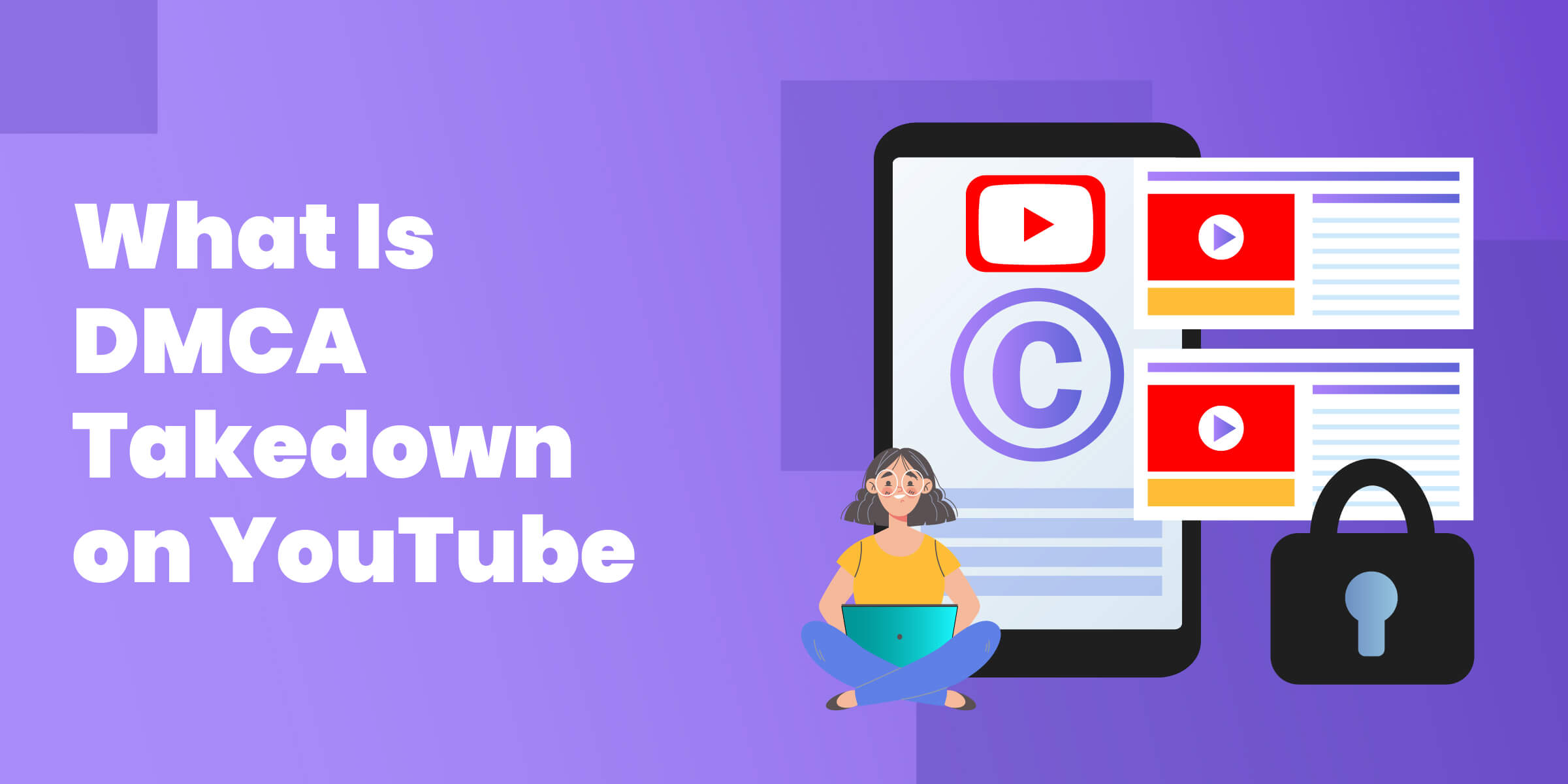

A DMCA takedown on YouTube is a formal request you make to have your copyrighted content removed from someone else's channel.
It's like saying, “Hey, that's mine!” and asking YouTube to step in and take it down.
This process is grounded in the Digital Millennium Copyright Act, a law that helps protect your creative works online. When you file a DMCA takedown notice, you're invoking this law.
YouTube takes these notices seriously to ensure that copyright laws are respected on their platform. When you submit a takedown notice, YouTube reviews it to ensure it meets legal standards, then removes the content if your claim is valid.
Preparing to File a DMCA Takedown
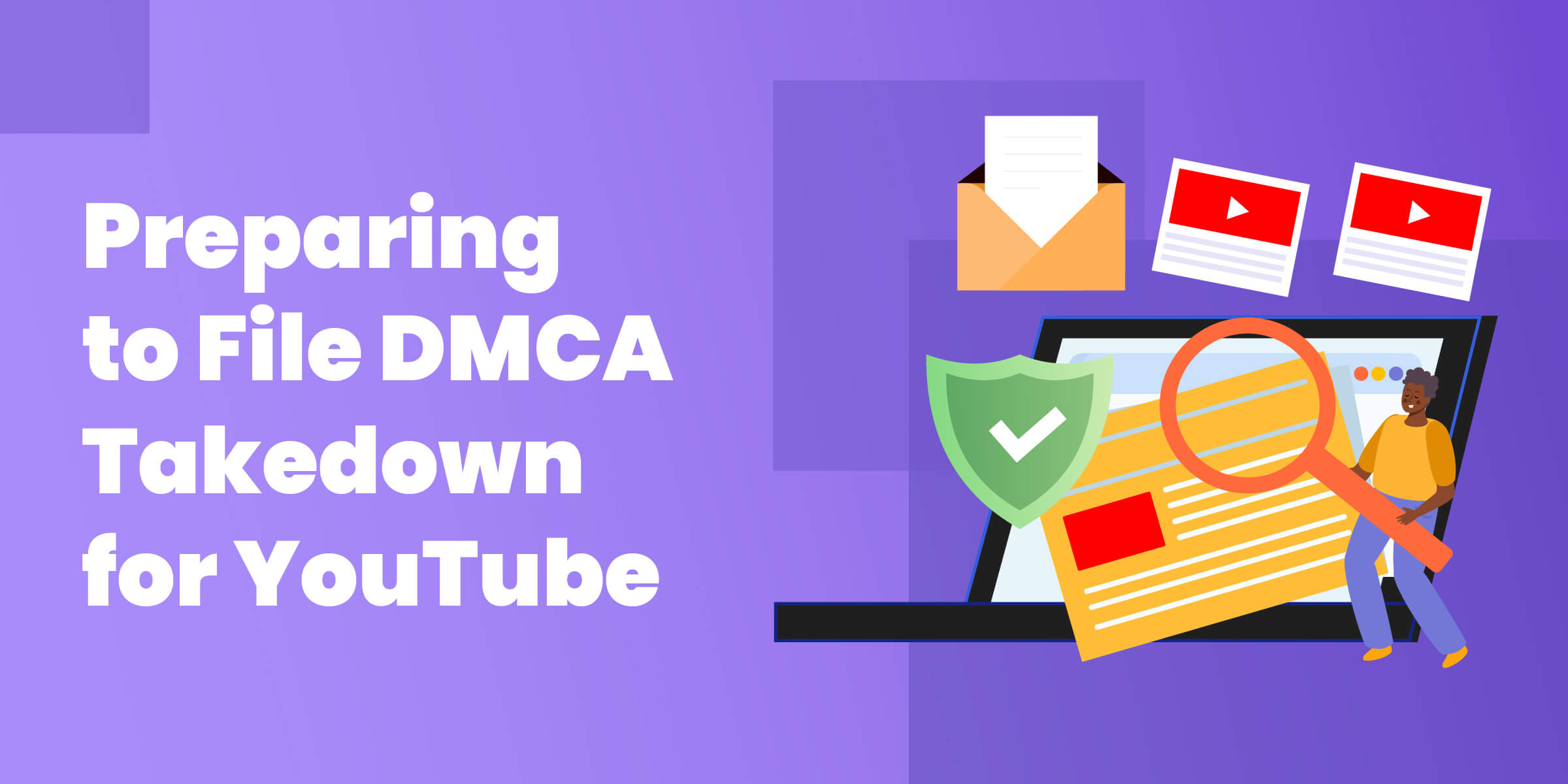

Before you dive into filing a DMCA takedown on YouTube, gather all the necessary information and documentation to ensure your claim is rock-solid.
Here's what you'll need:
- Your contact information: name, address, phone number, and email.
- A clear and specific description of the copyrighted work you claim has been infringed.
- The exact URL or location of the potentially infringing material on YouTube.
- A statement that you believe that the use of the content is not authorized by the copyright owner.
- A statement that you are authorized to act on behalf of the owner of an exclusive right that is allegedly infringed.
- Your electronic or physical signature.
Only file valid claims. Filing a takedown notice for content that isn't copyrighted or that you don't own the rights to can lead to serious legal consequences.
Step-by-Step Guide to Filing a DMCA Takedown on YouTube
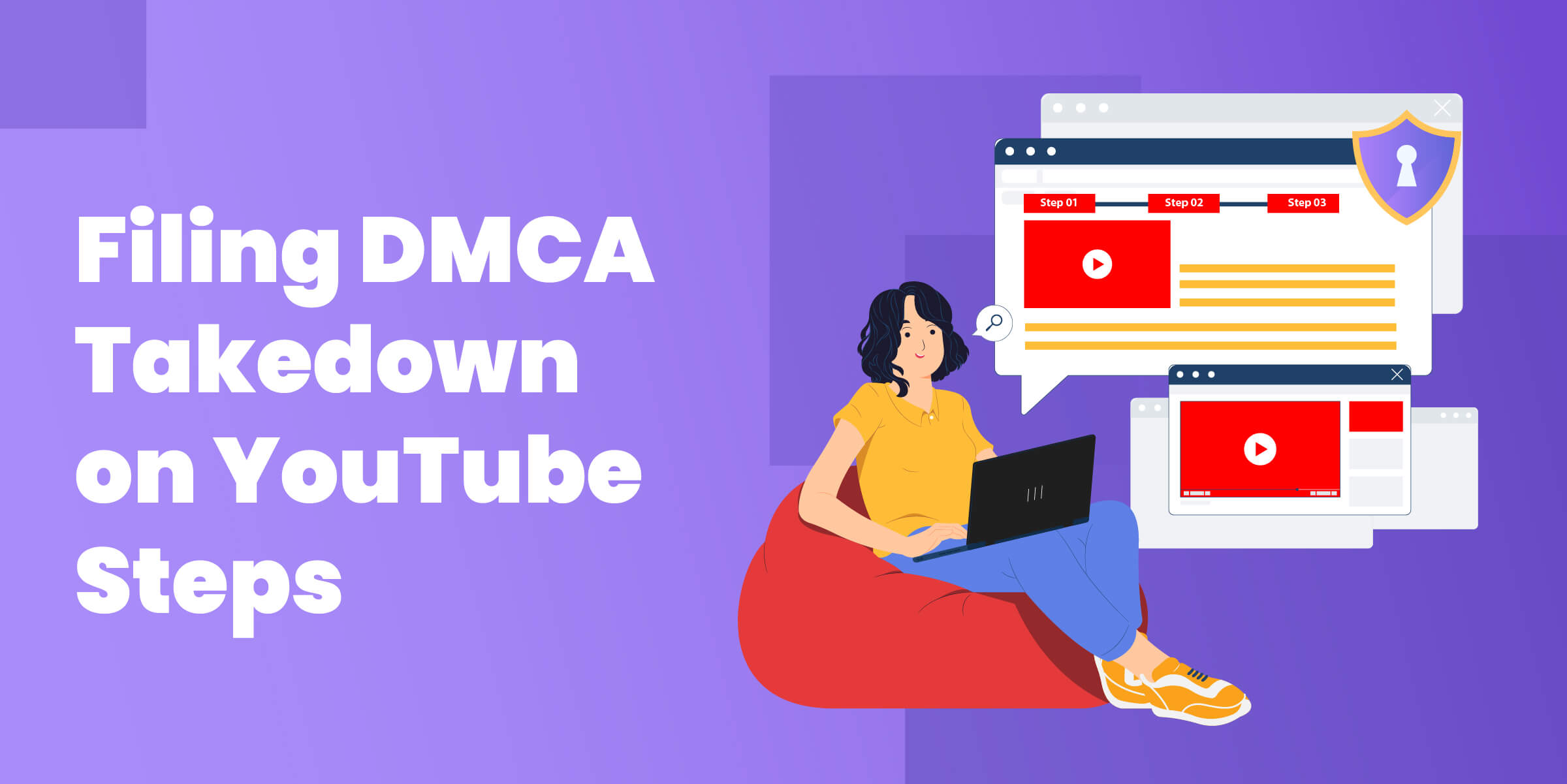

Access YouTube Studio
First, log in to your YouTube account and head over to YouTube Studio. This is your command center for managing your content and dealing with copyright issues.
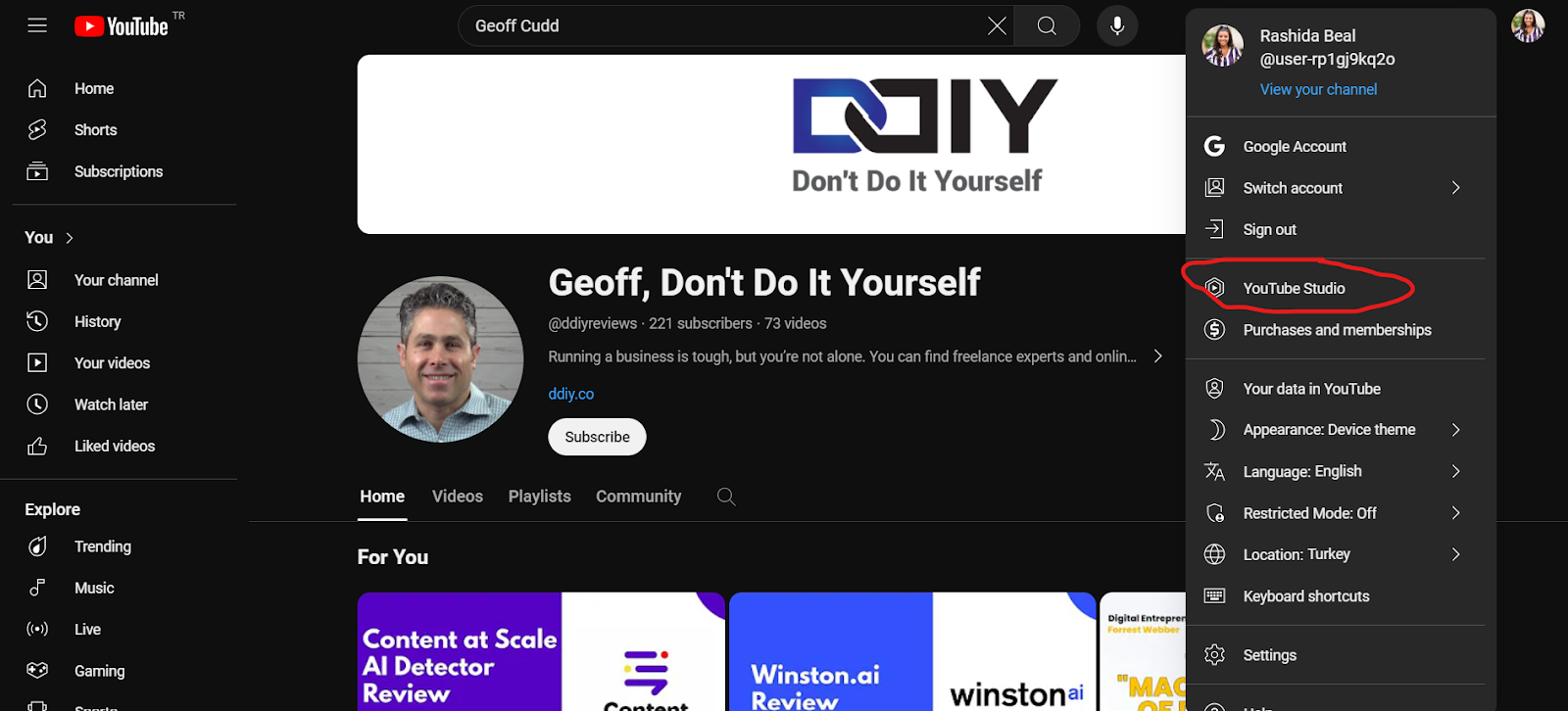

Once in YouTube Studio, look for the ‘Copyright' section in the left-hand menu. It’s where you manage copyright claims and where you'll begin the DMCA takedown process.


Submit a Removal Request
In the Copyright section, you'll find an option to ‘Create a removal request.'
Click on this to start your DMCA takedown.
Fill out the form with all the necessary details. Once you've double-checked that all your information is accurate and complete, submit the request.




After Submitting a DMCA Takedown Notice
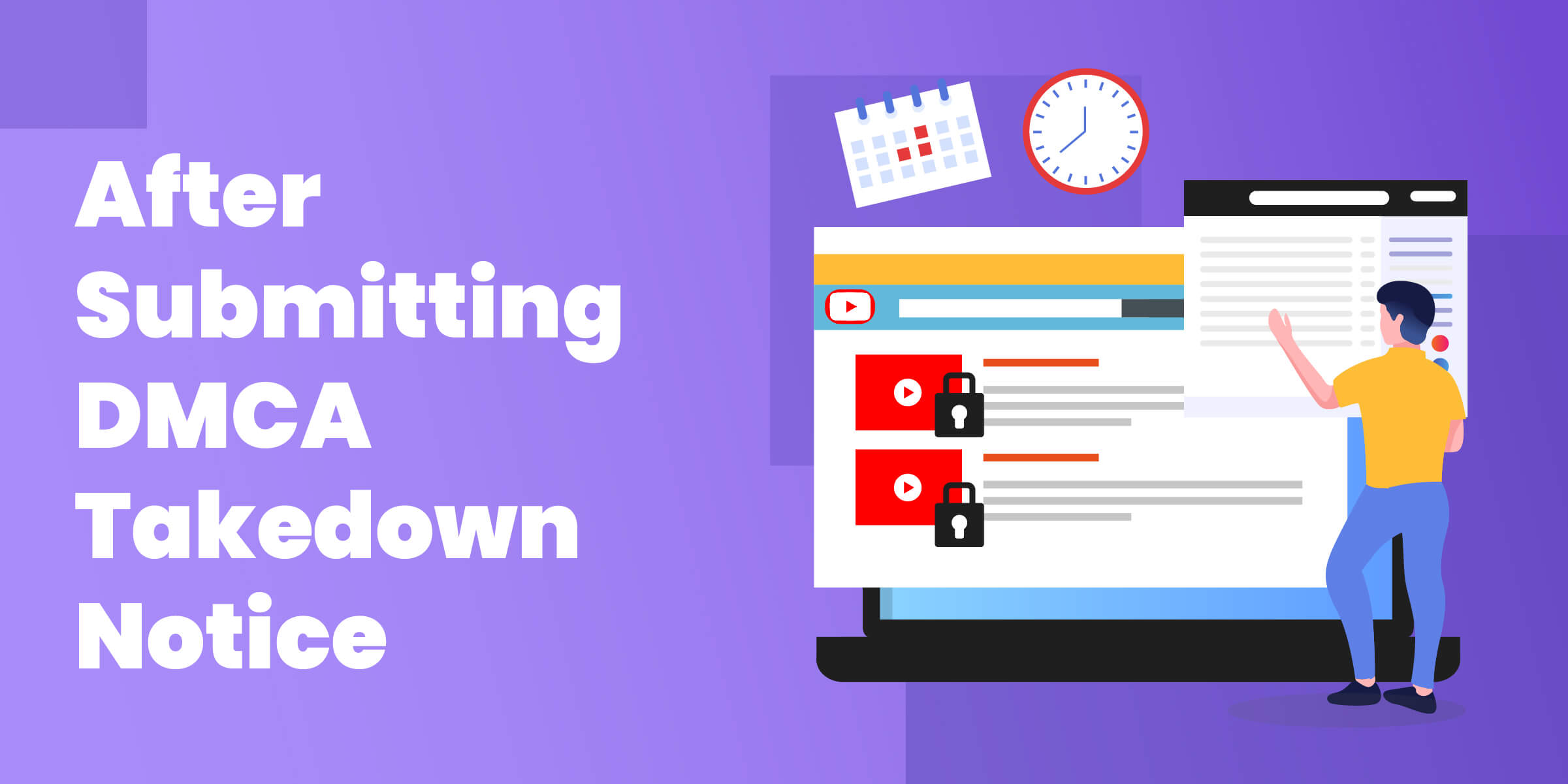

After submitting your DMCA takedown notice, YouTube will review your claim to ensure it meets all legal requirements. Here's what can happen next:
Content Removal
If YouTube finds your claim valid, they remove the infringing content. The uploader will be notified and can respond with a counter-notification if they believe the content was wrongly removed.
Counter-Notification
If the uploader disputes your claim with a counter-notification, YouTube will inform you. You then have 14 business days to respond. If you don't, the content may be restored.
No Action
If your claim lacks sufficient information or isn't valid, YouTube may decide not to take any action. In this case, you might need to provide additional information or reassess the validity of your claim.
In any outcome, you must monitor the situation and be prepared to take further legal steps if the dispute escalates beyond YouTube's internal processes.
Dealing with Counter-Notifications
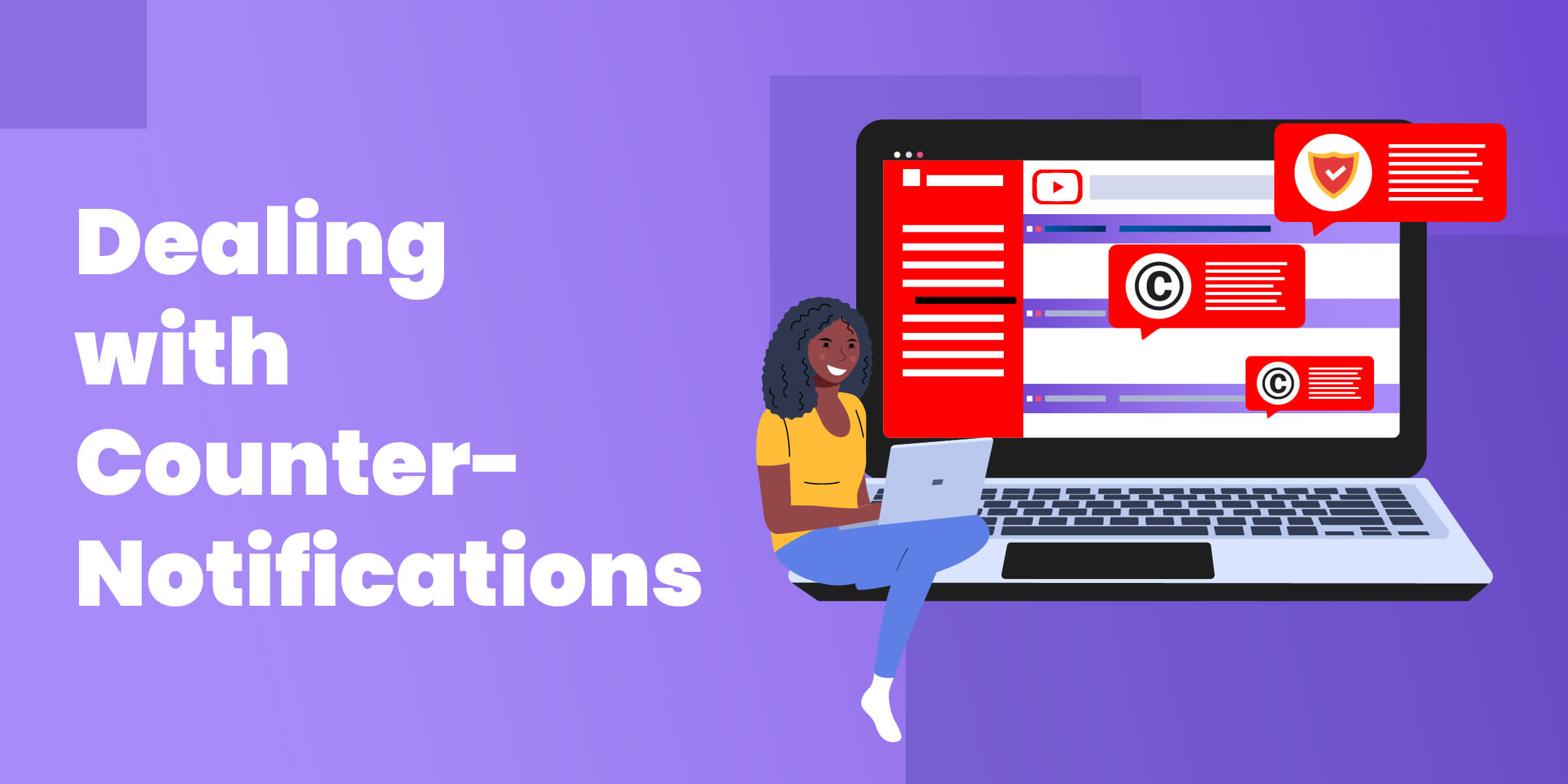

A counter-notification is a response from the uploader.
If you receive one, it means the uploader believes the content was removed mistakenly or they have a valid defense, like fair use.
When this happens, review their claim carefully. If you still believe your rights are infringed, you may need to seek legal advice or consider court action to resolve the dispute.
Tips for Protecting Your YouTube Content
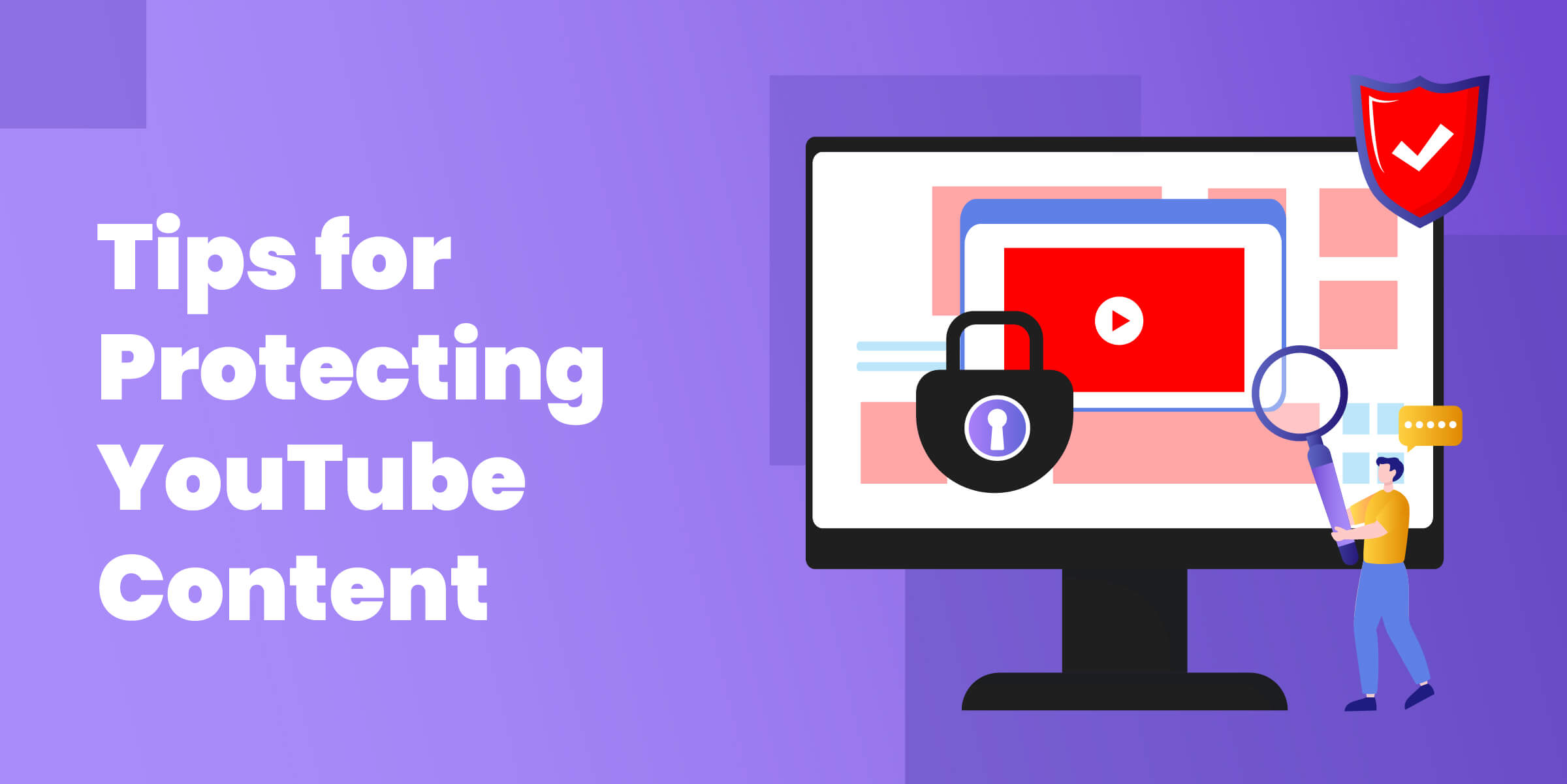

Protecting your YouTube content is crucial to maintaining your digital rights and ensuring your creative efforts are respected. Here are some strategies to help safeguard your work:
- Watermark Your Videos: Adding a visible or invisible watermark can deter theft and make it easier to claim ownership.
- Use YouTube's Content ID: This powerful tool helps you manage your content on the platform. If someone uploads your copyrighted content, Content ID can automatically block, monetize, or track the video, depending on your preferences.
- Clearly State Your Copyright Policy: In your video descriptions or channel information, clearly outline how others can or cannot use your content.
- Keep Records: Maintain copies of your original content and any correspondence related to copyright claims.
- Stay Informed: Keep up-to-date with copyright laws and YouTube's policies to ensure you're using all available protections.
Proactively manage your content with tools like Content ID (an automated content identification system on YouTube) to significantly reduce unauthorized use and maintain control over your creative output
Conclusion
Approach your YouTube DMCA Takedown process with care, making sure your claims are solid and fair.
YouTube's Content ID is a handy ally in this battle, helping you keep tabs on your work.
And remember, a little preparation goes a long way-watermarking your videos and being clear about your copyright stance can save you a lot of headaches.
Found your content on other sites? Check out our guides for:
- Takedowns on Reddit
- Takedowns on Shopify
- What about products? Check out our guide on takedowns for Shopify & WooCommerce >>
If all this sounds daunting, don't sweat it. DDIY's got your back with our DMCA takedown service to identify, file, and monitor your DMCA needs across the web.
Reclaim Your Stolen Content
Our content was stolen! Someone else was making money off of our hard work. So, we found an anti-piracy expert to reclaim our lost rankings and stop unauthorized copies. Now you can work with him too.
- Avoid lost revenue when others monetize YOUR content
- Stop brand damage when your name is used on shady websites
- Prevent pirated copies from appearing above you in search results
Frequently Asked Questions
What is DMCA on YouTube?
DMCA on YouTube is a process that allows content creators to request the removal of their copyrighted content that's been uploaded by others without permission.
How do I submit a copyright claim on YouTube?
Submit a copyright claim on YouTube by accessing YouTube Studio, navigating to the Copyright section, and filling out a removal request form with the necessary details.
Can you get a DMCA on YouTube?
Yes, if you upload content that infringes on someone else's copyright, they can file a DMCA takedown notice against your video on YouTube.
How do I get copyrighted content removed from YouTube?
File a DMCA takedown notice, providing all required information and evidence that the content infringes on your copyright.






















